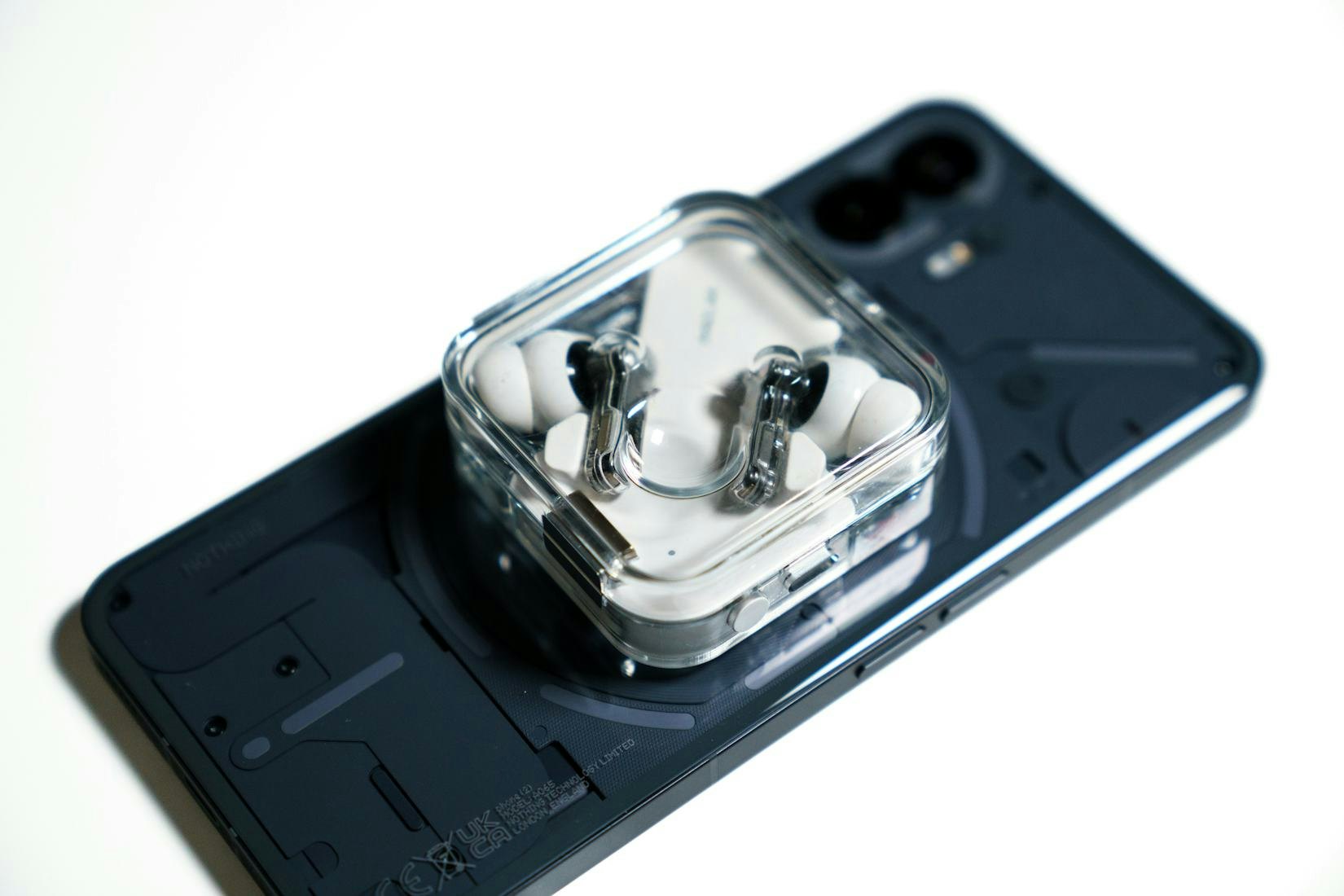
Nothing has been busy — two new versions of wireless earbuds, a special edition Phone 2a, a bright orange phone under its CMF subbrand. And now, as a part of its torrential drip of new gadget hype, the yet-to-be-announced Phone 3 is getting some shine.
According to CEO Carl Pei, the next generation of Nothing’s flagship phone has some big ideas, and to no one’s surprise, they could center around — dramatic pause — AI. So what does Nothing have to bring to the increasingly cacophonous AI conversation? At the risk of speaking too soon, it sounds like quite a bit, actually.
The Nintendo of AI
Outside of a recent integration with ChatGPT and wireless earbuds, Nothing has been conspicuously quiet on the AI front — that is until Pei posted about five minutes of his thoughts on the subject this week in a pretty illuminating video.
There’s a lot to unpack in the short video, but according to Pei, one thing is top-of-mind when it comes to the company’s inevitable AI future — that one thing is Nintendo. In his words:
“Something I’ve been thinking about recently is Nintendo. They just want to create the most human and the most fun experiences and they’re not in the same race as PlayStation and Xbox. So how can we be more like Nintendo?”
Being the Nintendo of anything sounds great in theory, but how exactly does one accomplish such a feat? Pei has some ideas, and they have everything to do with personalization. In a preview of Nothing’s reimagining of a home screen, it shows how AI can pull up relevant information. A QR code may surface front and center on your home screen ahead of a flight, for example. Or more nebulously, an AI could “pull out relevant content you might be interested in looking at,” which could either be convenient or creepy depending on how much you trust AI or the practice of personal data collection.
Personalization is all well and good, but not necessarily Nintendo material, right? Well, Nothing takes its AI-centric phone idea a step further, proposing an AI assistant with personality and personalization. In a demo, Walid Behlock, a software engineer at Nothing, shows an example of an “onboarding” in which an anthropomorphized AI takes a kind of personal survey, asking things like, “Do you enjoy spending time with friends or family” and “When you imagine spending time with someone special what qualities or characteristics do you imagine they would have?”

A few questions later, the AI spits out a different voice based on the intake questions, and boom, there’s your own personal smartphone companion. Maybe that’s not quite the Nintendo of smartphone interactions, but I see the idea here. If natural language is a strength of the Large Language Models (LLMs) powering AI like ChatGPT, and Nothing wants to “make tech fun” then the two organically intersect.
What’s even more interesting to me, however, isn’t the personality, it’s the way Nothing sees the central function of AI on a smartphone. Where we sit right now, phones mostly operate as conduits for different apps and experiences; you pull open your phone, tap an app, and you’re teleported into whatever world that app has built for you.
Conversely, Pei envisions a smartphone future where there “are no apps” but rather an AI that aggregates all of those services and experiences and conjures them either automatically or on command. The Phone 3 and its software is the bridge to get to that “post-app” future in Pei’s estimation, but the road won’t be short.
A Gradual Transition
Pei is pretty frank about needing to ease into a future where people are using their phones in a completely different way and even more frank about selling a product that asks users to do that.
“You can’t just ship a product and say, ‘Here there are no more apps. Are you going to buy it?’ Of course, they’re not going to buy it,” Pei said.
What all of this means for its next generation of phones is hard to say, but as I’ve written in the past, software seems to still be Nothing’s biggest area of opportunity. Pei says the Phone 3 will be out next year, so we won’t have to wait too long to see just how its big ideas with AI and hardware intersect, but if the pace of AI advancement is any indication, a lot could change between then and now.







